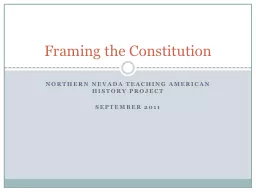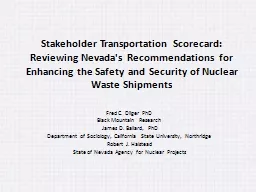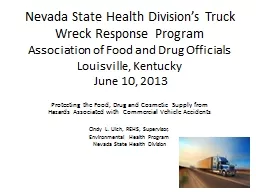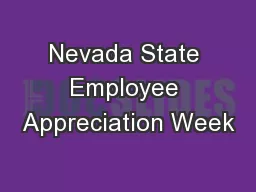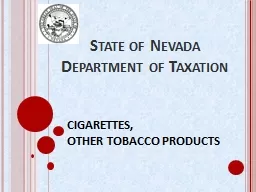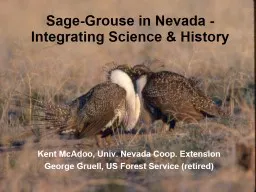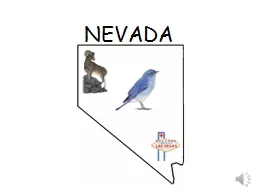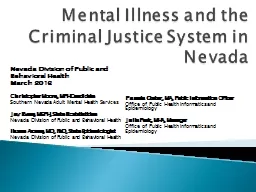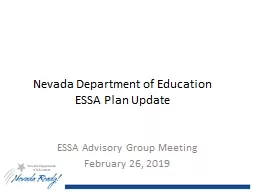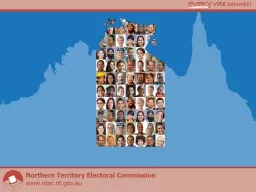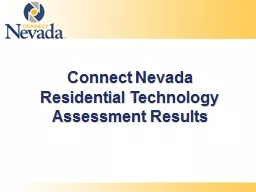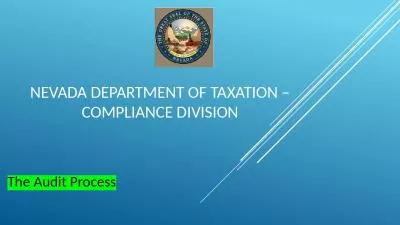PPT-Northern Nevada Teaching American History Project
Author : liane-varnes | Published Date : 2017-07-26
September 2011 Framing the Constitution How do you currently teach the Articles of Confederation and the making of the Constitution Articles of Confederation failure
Presentation Embed Code
Download Presentation
Download Presentation The PPT/PDF document "Northern Nevada Teaching American Histor..." is the property of its rightful owner. Permission is granted to download and print the materials on this website for personal, non-commercial use only, and to display it on your personal computer provided you do not modify the materials and that you retain all copyright notices contained in the materials. By downloading content from our website, you accept the terms of this agreement.
Northern Nevada Teaching American History Project: Transcript
Download Rules Of Document
"Northern Nevada Teaching American History Project"The content belongs to its owner. You may download and print it for personal use, without modification, and keep all copyright notices. By downloading, you agree to these terms.
Related Documents

